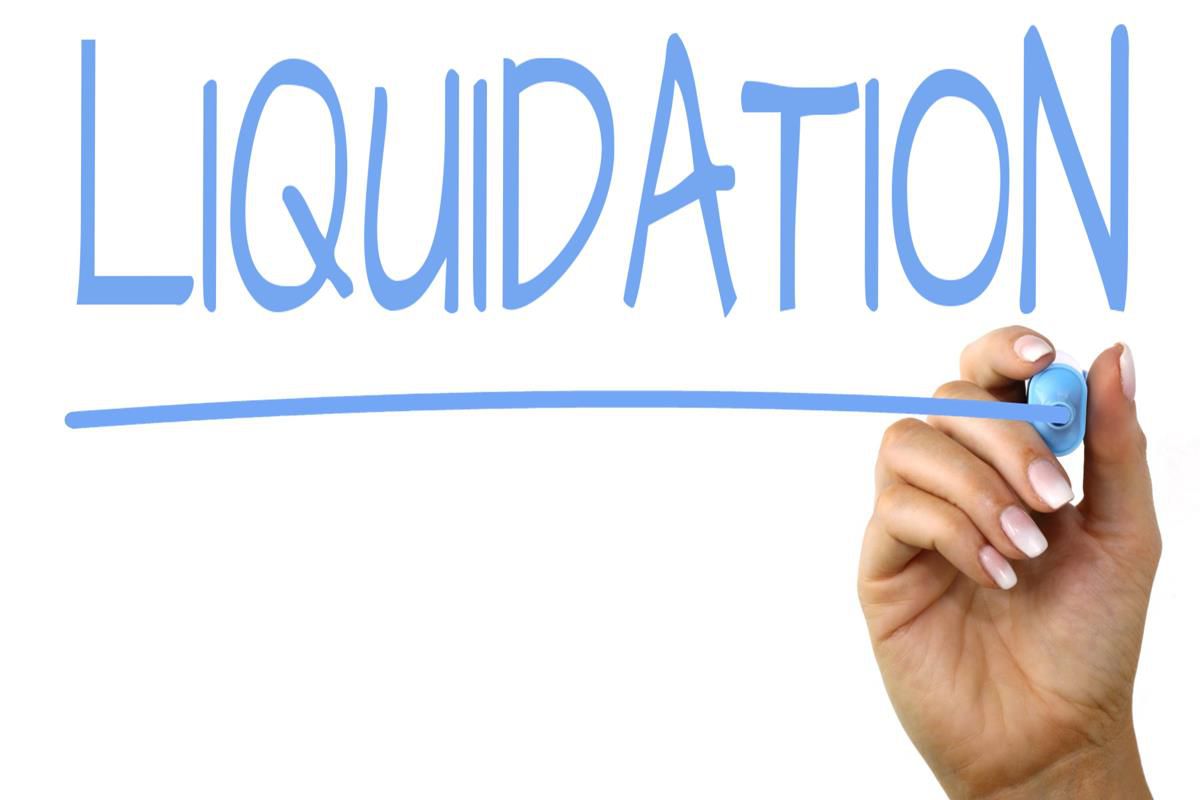How To Liquidate Without Losing Everything.

The liquidators job is to buy closeouts and surplus inventory as cheap as possible. It is up to the seller to try to get as much as possible when they sell excess inventory. Somewhere in the middle should be a fair price that both parties can live with. The problem is the definition of the word fair. Closeout specialists have a very specific market niche that relies on aggressive pricing to move goods.
The truth is the world of closeouts and overstock is unforgiving. It often seems if we can’t almost give the stuff away we can’t get rid of it. Just because it sells at Walmart for $9.99 doesn’t mean it’s a great deal if our customers can sell it for $4.99. If it’s a baseball cap it’s still only worth $0.60. There’s an old saying that goes “you had to be there and you had to be me”; that’s kind of what it’s like trying to sell closeouts. When dealing with vendors that need to sell excess inventory, they are often surprised at the low quotes they are being given by liquidators.
Most of our vendors live in a completely different world than we do, making it challenging for each of us to fully understand the other’s perspective and viewpoint. Liquidators are forced to buy so cheap because they don’t want to be stuck with the same inventory the vendor is trying to get rid of. And for the very same reason they still have it – it’s overpriced. So the goal is to try to find that price that isn’t a total killer where the seller isn’t losing too much. From a liquidators perspective we want to buy in a safe zone; from the sellers perspective surplus inventory should always have more value.
Part of this comes back full circle to the very beginning. Was the inventory purchased at the right price to begin with? Did the importer have their own factory or did they have to pay more because they used an outside factory with a middleman acting as an agent? The percentage of original cost a liquidator pays is generally a function of the original price paid.
Selling surplus inventory is part of running any wholesale business. The key is to have enough fires in the iron so that when something needs to be sold off at a loss, it does not affect the entire operation. If 99 product lines are successful and one has to be sold for a total loss, it’s only a small problem. But for the company who only has one line and they are forced to sell excess inventory and liquidate everything, it can be a total loss. There are many factors that come into play including the size of the company, how broad the product line is, the original cost of goods, and how much inventory is involved.



